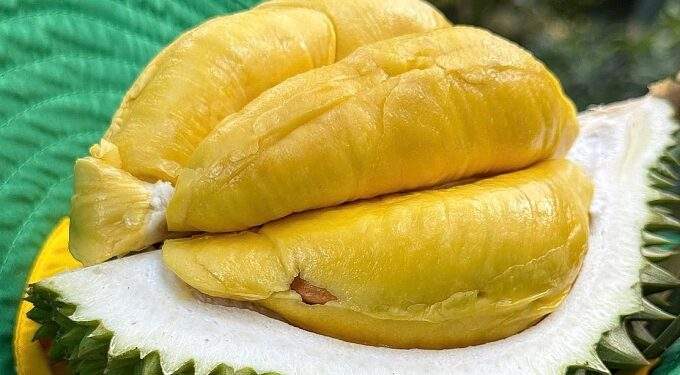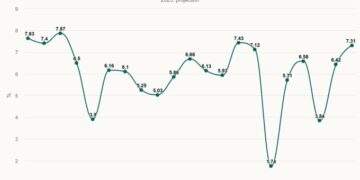Durians accounted for 1.17% of fruit imports, compared to 0.24% in the same period last year, according to Vietnam Customs.
Last year the country had bought $16.2 million worth of durian from abroad, an eight-fold increase in turn from 2023.
 |
|
A durian in Can Tho City, southern Vietnam. Photo by VnExpress/Manh Khuong |
Importers said the growing popularity of foreign varieties such as Malaysia’s Musang King has caused demand for imports to soar in a country that is the second largest durian exporter in the world after Thailand.
“It stems from marketing and the fact that while Vietnam grows these varieties, the production is limited or off-season supply cannot meet demand,” Bui Phu Ton, CEO of trading company Nghiep Xuan based in the Central Highlands province of Dak Nong, told Tuoi Tre Online.
Businesses import both frozen Musang King durian pulp and whole fruits from Malaysia and Thailand.
“Vietnam grows this Musang King durian in the Mekong Delta and central highlands… but the output is low,” Ton said.
Malaysia’s excellent branding for Musang King has created a strong impression of quality among Vietnamese, he said.
Consumers worldwide, including Vietnamese, perceive Musang King as the top durian variety and want to try it, he added.
But Malaysia is elevating its branding strategy to promote more durian varieties.
Datuk Nor Sam Alwi, director-general of the country’s Department of Agriculture, said efforts are being made to spotlight lesser known premium cultivars like Black Thorn, Red Prawn, and Hajah Hasmah on the global scene, The Star newspaper reported.
People in China, the world’s largest durian consumer, are willing to pay top prices for these varieties, she added.
Vietnam is meanwhile struggling to sustain its high durian export growth.
In the first four months of 2025 exports were worth $130 million, a 74% decline year-on-year, as the country’s biggest market, China, intensified quality inspections due to concerns over chemical residues.





